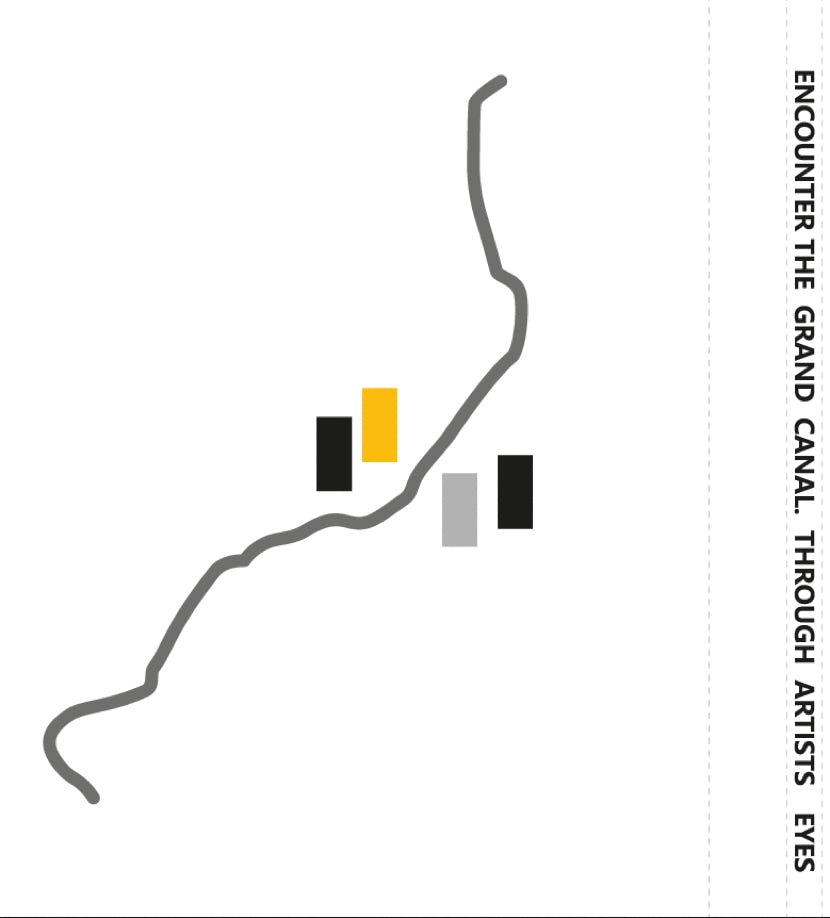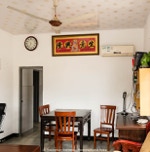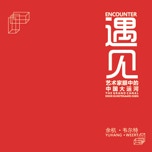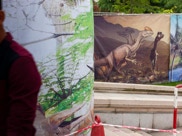GREAT CANAL FROM BEYING TO HANGZHOU
A selection
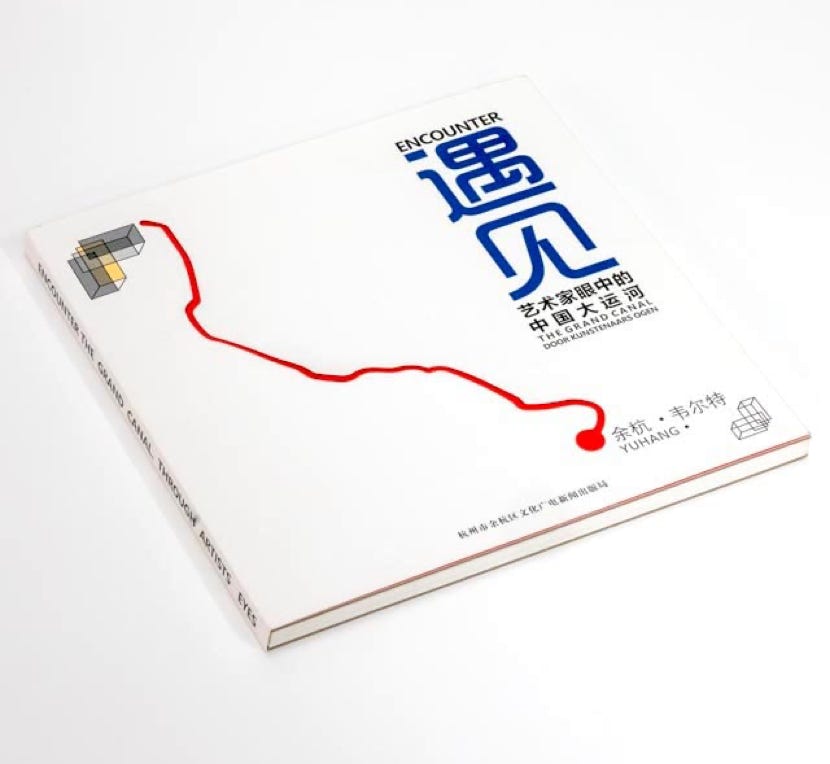
This project was commissioned by the city of Hangzou, China. During three periods spread over three years we, Dutch and Chinese artists worked together on the Grand Canal Project. Each from a personal perspective
The Grand Canal, known to the Chinese as the Jing-Hang Grand Canal (simplified Chinese: 京杭大运河; traditional Chinese: 京杭大運河; pinyin: Jīng-Háng Dà Yùnhé; lit. "Capital-Hangzhou Grand Canal", or better known as the "Grand Canal"), a UNESCO World Heritage Site, is the longest canal or man-made river in the world.[1] It begins in Beijing and runs through Tianjin and the provinces of Hebei, Shandong, Jiangsu and Zhejiang to the city of Hangzhou, connecting the Yellow River and the Yangtze River. The oldest parts of the canal date back to the 5th century B.C., but the different sections were first connected during the Sui Dynasty (581-618 A.D.). Dynasties in 1271-1633 significantly restored and rebuilt the canal and changed its route to supply their capital cities. The Grand Canal played a major role in the reunification of North and South China. Built by conscript workers, the canal connected the Yellow River in the north with the Yangtze in the south, making it much easier to transport grain from the south to the centers of political and military power in North China.[2]
The total length of the Grand Canal is 1,776 km (1,104 mi). Its greatest elevation is reached in the mountains of Shandong, at a peak of 42 m (138 ft).[3] Ships in Chinese canals had no trouble reaching higher ground after the pound lock was invented by government official and engineer Qiao Weiyue in the 10th century, during the Song Dynasty (960-1279). [4] The canal has been admired by many throughout history, including the Japanese monk Ennin (794-864), the Persian historian Rashid al-Din (1247-1318), the Korean official Choe Bu (1454-1504) and the Italian missionary Matteo Ricci (1552-1610),[5][6] and others.
Historically, periodic floods of the Yellow River threatened the safety and operation of the canal. In wartime, the high dikes of the Yellow River were sometimes deliberately breached to flood them to sweep away advancing enemy forces. This caused disasters and long-term economic hardship for local residents. Despite temporary periods of desolation and disuse, the Grand Canal promoted an indigenous and growing economic market in China's urban centers from the Sui period to the present. It enabled faster trade and thus improved China's economy. The section south of the Yellow River is still heavily used by barges carrying bulk materials and containers.
